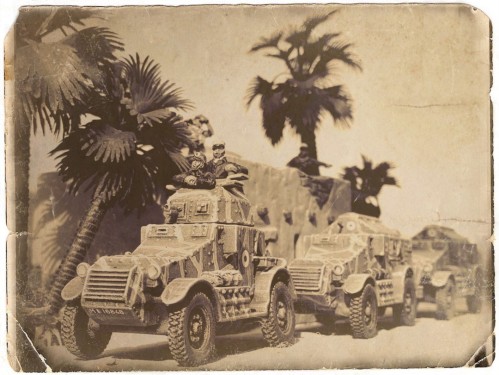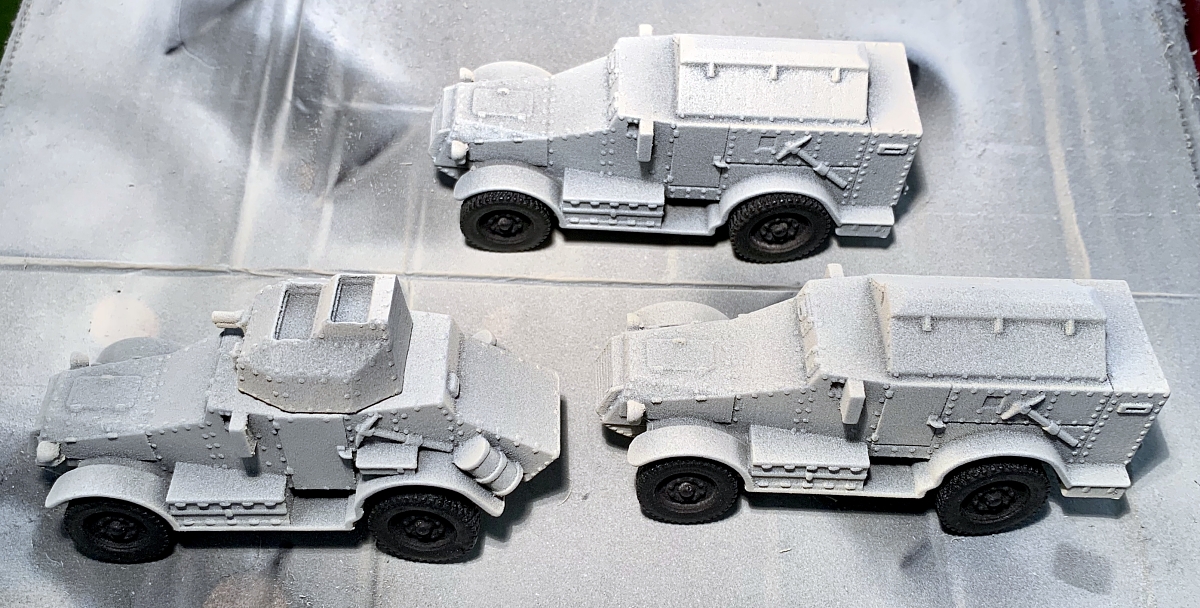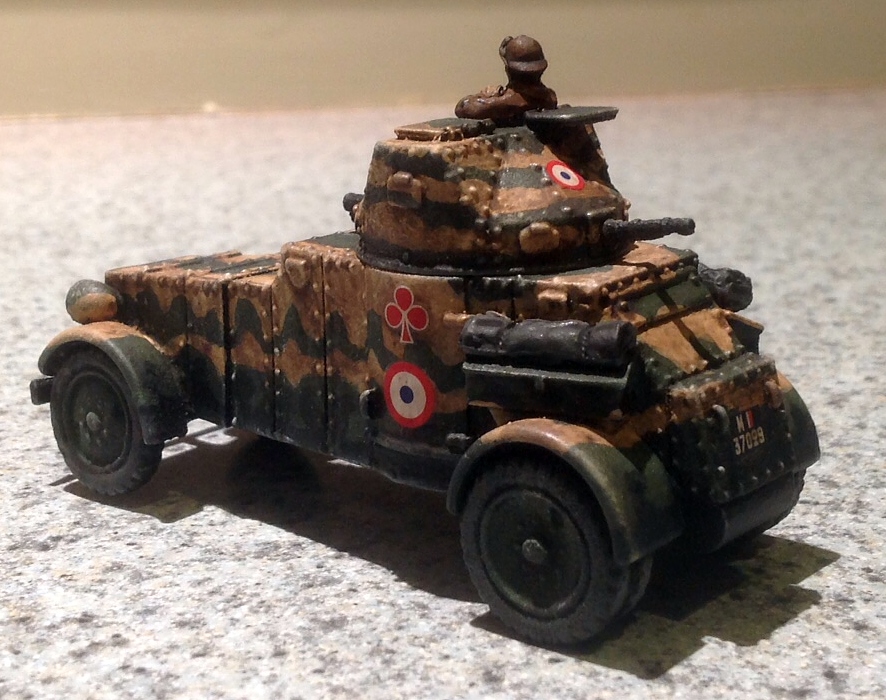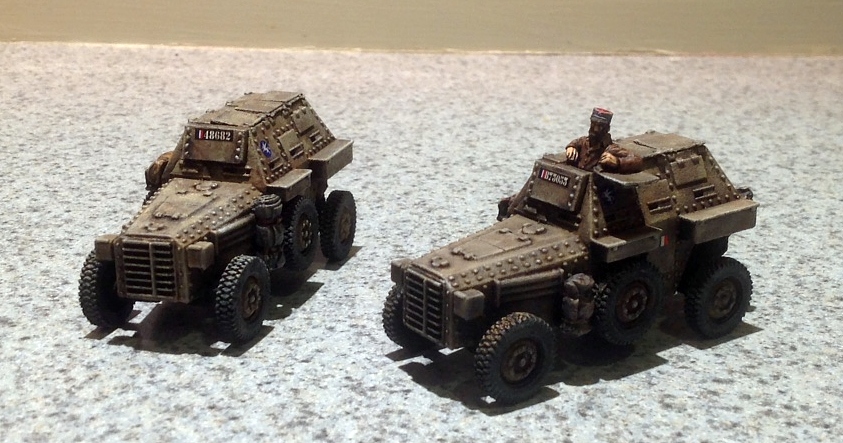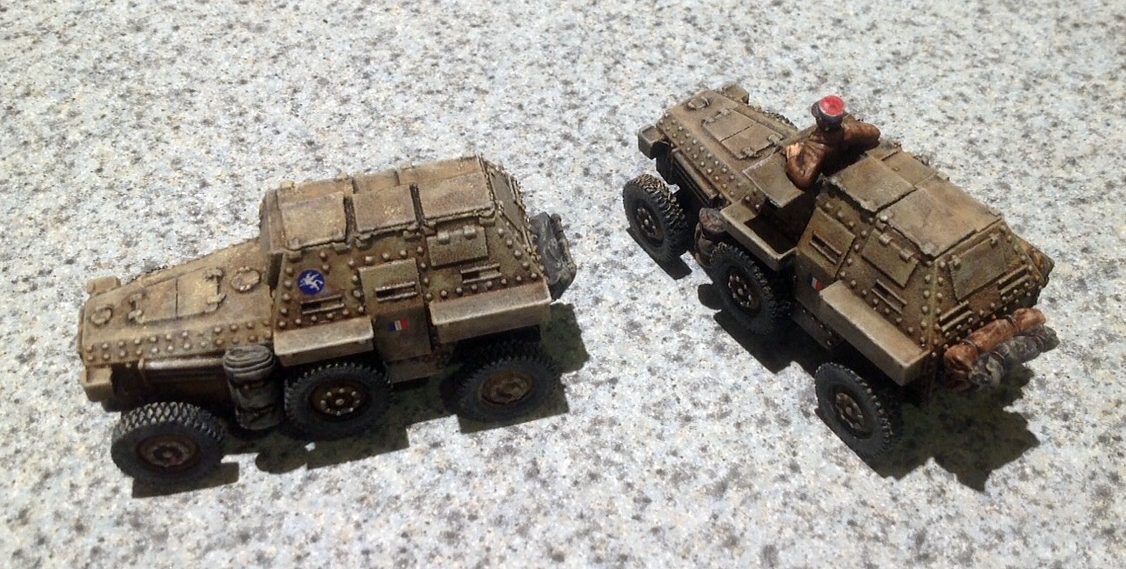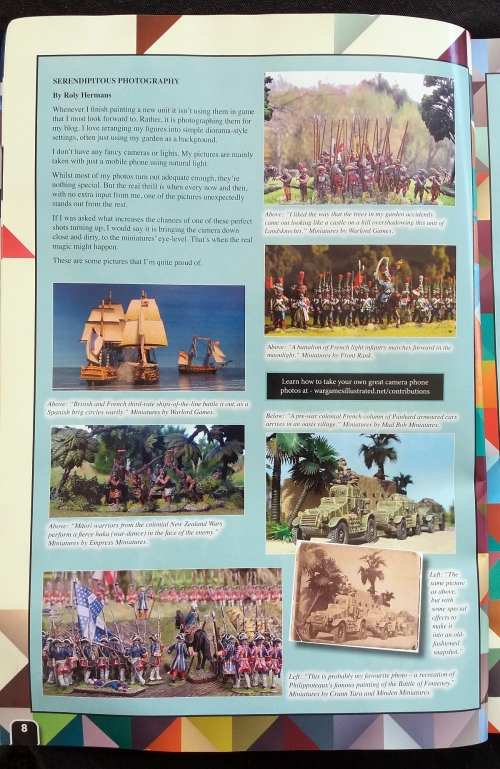
I’ve been lucky enough to have another article published in ‘Wargames Illustrated’. I submitted a piece for their ‘Quick Fire’ series, and was chuffed to see it appear in Issue 397 (January 2021).
In the short article I describe how when photographing miniatures, there’s a real thrill when every now and then one of the pictures unexpectedly stands out from the rest.
The article is accompanied by some examples of what I call my ‘serendipitous photographs’ – pictures that I think came out particularly well, despite no extra effort on my part.
The limitations of a hard-copy magazine mean the published pictures are quite small. So, for anyone who may be interested, here they are full-size (click on the pics to expand).

I liked the way that the trees in my garden accidently came out looking like a castle on a hill overshadowing this unit of Landsknechts. (Warlord Games)
There’s more info on this unit in my old posting: https://arteis.wordpress.com/2020/06/02/lockdown-landsknechts/

This is probably my favourite photo – a recreation of Philippoteaux’s famous painting of the Battle of Fontenoy. (Crann Tara and Minden Miniatures)
There’s more info on the original painting and my diorama version in this posting on my blog: https://arteis.wordpress.com/2020/01/31/at-last-my-favourite-painting-in-miniature/

British and French third-rate ships-of-the-line battle it out, as a Spanish brig circles warily. This photo was taken with a simple hand-painted sky background, and sitting on the paper sea that comes with the Warlord ‘Black Seas’ starter set. (Warlord Games)
You can find out more about these models in this old posting: https://arteis.wordpress.com/2019/11/08/black-seas-fleets-finished/
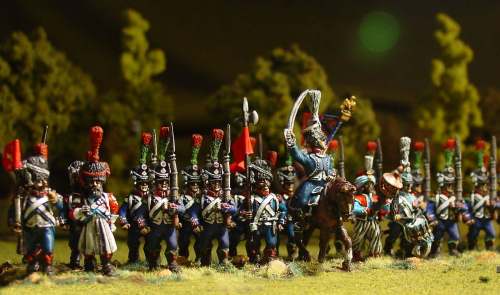
A battalion of French light infantry marches forward in the moonlight. (Front Rank)
This is a really old picture. I recall I added in the ‘moon’ using a graphics programme, as the lighting of this photo came out by chance looking just like moonlight (well, I thought so anyway!).
There’s more info on this unit in this old posting: https://arteis.wordpress.com/2013/06/17/tartanish-and-thunderbirdish-napoleonics/

Māori warriors from the colonial New Zealand Wars perform a fierce haka (war-dance) in the face of the enemy. (Empress Miniatures)
There’s more info on this unit here: https://arteis.wordpress.com/2012/02/20/photos-of-finished-colonial-new-zealand-wars-figures-and-terrain/

A pre-war colonial French column of Panhard armoured cars arrives in an oasis village. (Mad Bob Miniatures)
Below is the same picture, but with some special effects to make it into an old-fashioned snapshot.
You can read more about these models here: https://arteis.wordpress.com/2020/02/15/motorised-foreign-legion-security-patrol-in-1930s-morocco/
